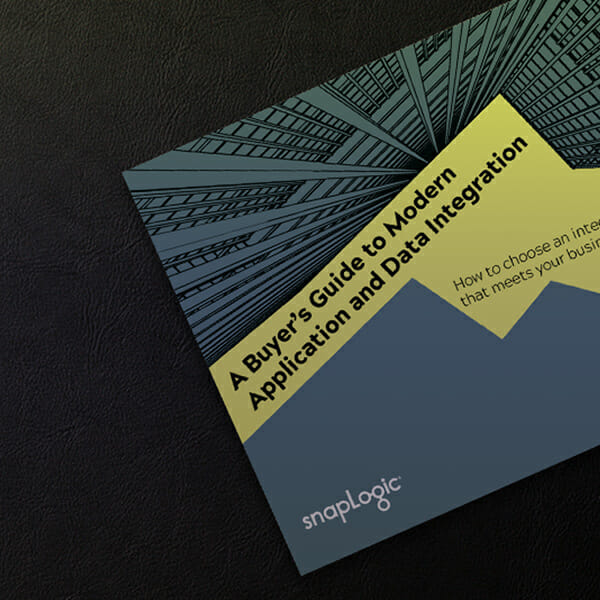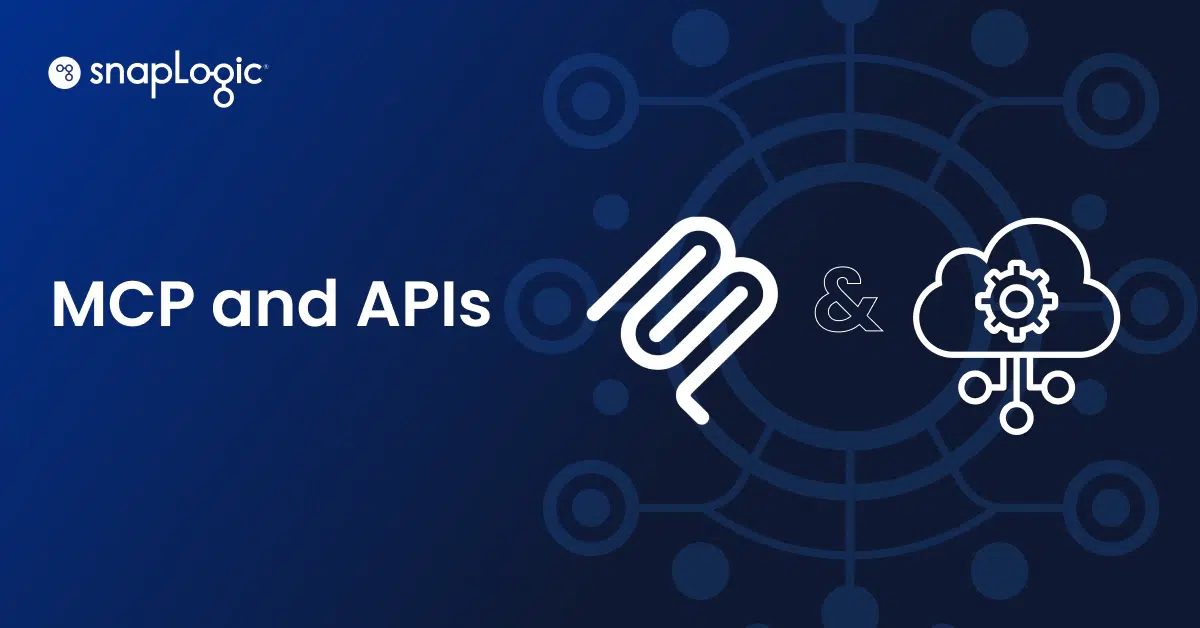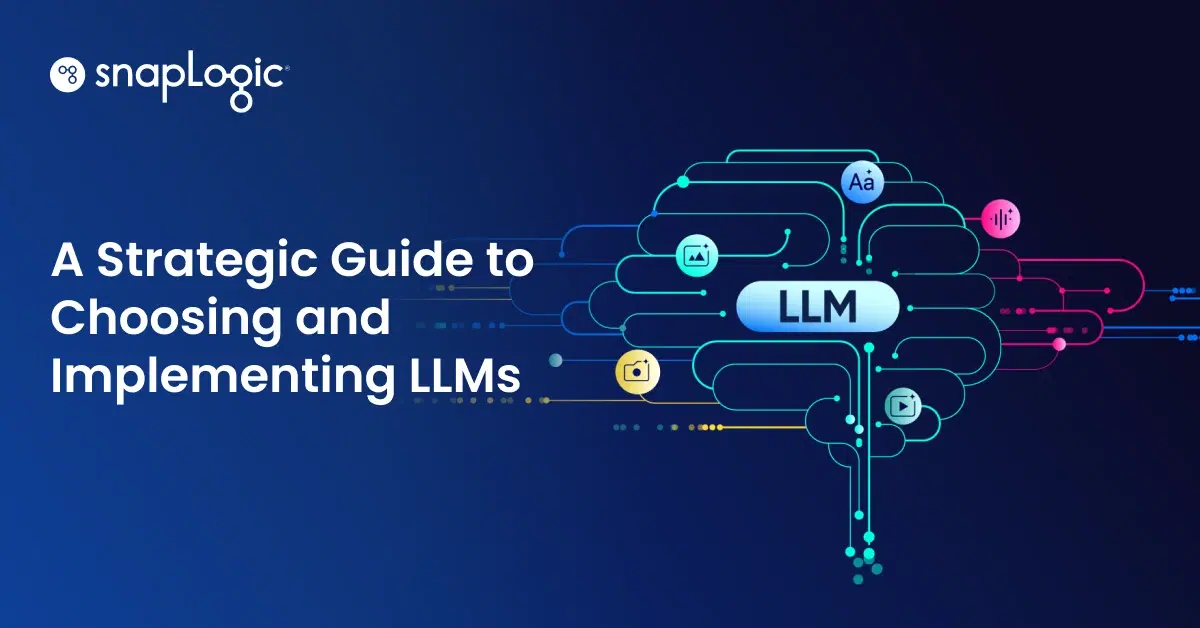As an experienced enterprise IT professional, you have undoubtedly faced a few Herculean challenges. Probably more than a dozen, even. But application integration is truly hydra-like: each enterprise integration project creates two interfaces that must be maintained to keep data flowing smoothly. Right now, your IT organization is fighting a losing battle, trying to maintain dozens or possibly hundreds of application and data integrations.
It’s clear that the current technology and tools your company uses for enterprise integration projects are inadequate; exploring the reasons why can help to define the requirements for the new application and data integration solution you’ll choose. You can think about those requirements in the context of five important questions you’re undoubtedly asking yourself right now:
- What does the business need?
- What does the IT organization need?
- What does the data need to do, now and in the future?
- Is the application integration technology truly modern?
- How can we get the most performance for the lowest TCO?
This blog post is the first of a two-part series that will show how answers to these questions can help steer you to the right application integration platform. You’ll gain a Herculean-class sword to not just kill the hydra today, but for years into the future.
What does the business need? An enterprise-ready solution
Business unit (BU) requirements are frequently the impetus for business change, a big driver of data integration project requirements. BUs want faster time to insight, which translates into faster, better data integration through superior application integration.
To address deficiencies of the status quo, the application and data integration platform you upgrade to must be enterprise-ready to meet the challenges faced by your company and its ecosystem of business partners.
- Flexible delivery depends on many factors, particularly scalability. The platform should allow applications and all kinds of data stores (big data, data warehouse, data lakes, etc.) to be easily integrated.
- Bulk data movement is essential to ensure the timely delivery of any amount of data in any mode (real-time, streaming, and event-based [including batch]), at any time, to wherever it needs to go.
- High availability is necessary to raise enterprise productivity. Whether cloud-based (an integration platform as a service [iPaaS]) or on-premises, the integration solution should require little downtime for maintenance or data restoration.
- Cloud application security allows your organization to retain control data access rights. Meta data and log files should be the only data stored in the cloud, protected by robust security and compliance capabilities.
- End-to-end audit trails permit all data integrations to be tracked, providing user-level detail.
- Geo-redundancy and geo-fencing are required to meet regional performance, availability, and regulatory requirements such as the European Union’s General Data Protection Regulation (GDPR).
- Connecting with the integration applications and data ecosystem is essential for enterprise agility. A wide range of endpoints must be supported for application, data, and process integration.
- Self-upgrading on-premises and cloud software that eliminates time- and resource-consuming upgrade cycles.
What does the IT organization need? Self-service for all
Most application and data integration technologies are built for developers only. The right enterprise integration technology can allow all users – developers and architects, BU project owners, and business users – to pursue opportunities faster than previously imaginable.
Ease of use is the paramount consideration for self-service. The checklist below addresses the complete spectrum of self-service requirements.
A checklist for self-service
- Artificial intelligence (AI) and machine learning (ML) enhanced application and data integration platforms can deliver individualized ease of use, automate tedious, repetitive tasks, check for errors and optimize integration pipelines.
- A rich, cloud-based user interface is the basis for self-service; all users can benefit from an intuitive, graphical toolbox.
- One platform for all types of workflows consolidates data, application, and process integrations.
- Snap-and-assemble pipeline flows dramatically speed integrations.
- Advanced monitoring ensures that any integration exceptions are caught and addressed prior to production.
- Support and resources catalyze self-service adoption: an integration Health Check, Community, Service Support, Documentation, and Training.
In my next post, I’ll cover data, architecture and performance/TCO considerations. In the meantime, to get the full story on the Herculean power of modern application and data integration solutions, download the white paper “A Buyer’s Guide to Modern Application and Data Integration.”












